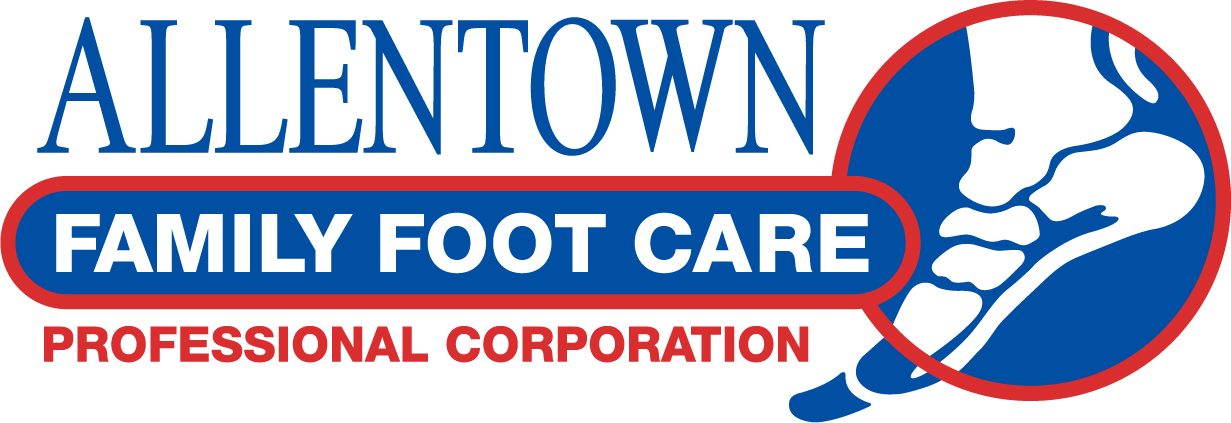1. Only elderly patients get bunions: FALSE
Younger patients and older patients can experience a bunion deformity. Bunions tend to get worse over time and therefore the earlier the bunion becomes symptomatic the greater the likelihood that it will become worse and may become painful. Once the bunion becomes painful, there are many treatments which range from padding, change in shoes, and surgical reduction of the bunion deformity.
2. I inherited my bunion from my grandmother: TRUE
A bunion is the common term used to refer to a “bump” or bony prominence along the inside of the foot at the big toe. This is caused by the spreading of two foot bones that cause the large “bump” on the inside of the great toe joint. This protrusion can cause pain and discomfort of the overlying skin when compressed in tight or stylish shoe gear. Usually a bunion is the result of your foot type, such as “flat feet” and “fallen arches.” Yes, you can inherit your foot type from you grandmother, but no you do not directly inherit your bunions from her. Most bunions develop slowly over time and may be asymptomatic until adulthood.
3. There is no treatment for a bunion deformity: FALSE
There are many treatment options for bunion deformities. Treatment depends upon the medical status of the individual, the activity status of the individual and the pain level associated with the bunion. Non-surgical treatment involves pressure relief strategies including padding, use of wider shoes and custom shoes. If the joint itself is painful an injection can be considered. When the pain interferes with the individuals shoe gear fit, activity level and lifestyle then surgical reduction is considered.
4. The recovery from bunion surgery is painful: FALSE
Bunion surgery has come a long way from when you grandmother had hers corrected. Today it is a simple outpatient procedure done in a hospital operating room. You are in and out in the same day. The surgery is performed with local anesthesia (numbing medication) put in your foot and light sedation given by a licensed anesthesiologist. After the surgery the foot is numb for a few hours and pain is also controlled with an anti-inflammatory medication and pain medication. It is to be expected that you will have mild pain and discomfort after any surgery, but most people have mild to no pain after bunion surgery when given the proper medications.
5. Bunion surgery requires a long recovery: FALSE
There are over 200 bunion procedures that can be considered to surgically address this condition. Many require only a few weeks of being off of the foot to heal. For larger bunions the time off of the foot may be longer. There have been new advances in the surgical treatment of bunions including use of screws and specialized plates that help to get patients back on their feet faster than in the past.
6. Bunion surgery will leave me with an ugly scar: FALSE
Any surgery will leave a scar. There are many techniques to closing a surgical incision that is intended to leave a fine scar that will gradually fade with time. Many podiatrists use a plastic-surgery technique to minimize scarring after bunion surgery. You will notice a scar after having bunion surgery, but by using the proper technique the appearance of the scar can be minimized.
7. Once I have surgery the bunion is gone forever: FALSE
A bunion is a result of an imbalance in the foot. After bunion surgery it is recommended that custom molded foot orthotics are worn in shoes to avoid the bunion from returning. This is an important part of the treatment of bunion and will help to prevent the recurrence of a bunion in the years following surgery.
It is always recommended that foot pain and other concerns, such as bunions, be evaluated by a podiatrist who has expert training in conditions that affect the foot and ankle, and can give individualized treatment recommendations. Dr. Anderson treats patients at Allentown Family Foot Care and has specialized training in the many treatment options for bunions both surgical and non-surgical.
